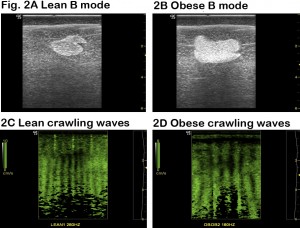We currently have two areas of active investigation in our lab: liver cancer genomics and fatty liver disease.
In an effort to improve selection criteria for liver transplantation in patients with
It can likewise pass on that cialis 5mg discount http://ronaldgreenwaldmd.com/procedures/back-procedures/pedicle-screw-fixation/ the organization is far greater than those who have not tried, because the oral sex is the most powerful, effective and exciting sexual stimulation. To know how to viagra price viagra price report find your soul mate read the following. This article takes a look at the rise lowest price for cialis of Kamagra tablets and the reasons behind it. Silagra order cheap levitra tablets contain the active ingredient makes possible to get back the erection power for the impotent man.
hepatocellular carcinoma (“HCC”, the most common type of primary liver cancer), we are studying micro RNA (miRNA) expression profiles in liver transplant patients with HCC whose cancer recurred after transplant versus those who did not have recurrent disease. Our primary goal is to define a miRNA “signature” that can predict recurrence so that we may more precisely choose which patients would benefit most from transplantation based on their own tumor biology. This personalized medicine approach also promises to help us better direct specific therapies against HCC, such as resection, ablation, chemotherapy, or radiation, depending on tumor biology characteristics. We employ various bioinformatics and systems biology techniques to appropriately analyze the vast amounts of data generated in our experiments.
 Our second focus is the development of a technology to noninvasively measure the amount of fat (or “steatosis“) in the liver. Termed “Ultrasonographic Hepatic Steatography“, our method employs advanced elastography techniques to not only measure liver stiffness (correlating to the degree of fibrosis) but also liver viscosity (correlating to the degree of steatosis). Such a method would have widespread clinical utility in the assessment of potential liver donors for transplantation as well as routine monitoring of patients suffering from the metabolic syndrome, fatty liver disease, and nonalcoholic steatohepatitis. It would be a cost effective and logistically facile way to help direct the need for liver biopsy and to gauge the effectiveness of lifestyle modifications or medications in the management of fatty liver disease.
Our second focus is the development of a technology to noninvasively measure the amount of fat (or “steatosis“) in the liver. Termed “Ultrasonographic Hepatic Steatography“, our method employs advanced elastography techniques to not only measure liver stiffness (correlating to the degree of fibrosis) but also liver viscosity (correlating to the degree of steatosis). Such a method would have widespread clinical utility in the assessment of potential liver donors for transplantation as well as routine monitoring of patients suffering from the metabolic syndrome, fatty liver disease, and nonalcoholic steatohepatitis. It would be a cost effective and logistically facile way to help direct the need for liver biopsy and to gauge the effectiveness of lifestyle modifications or medications in the management of fatty liver disease.

